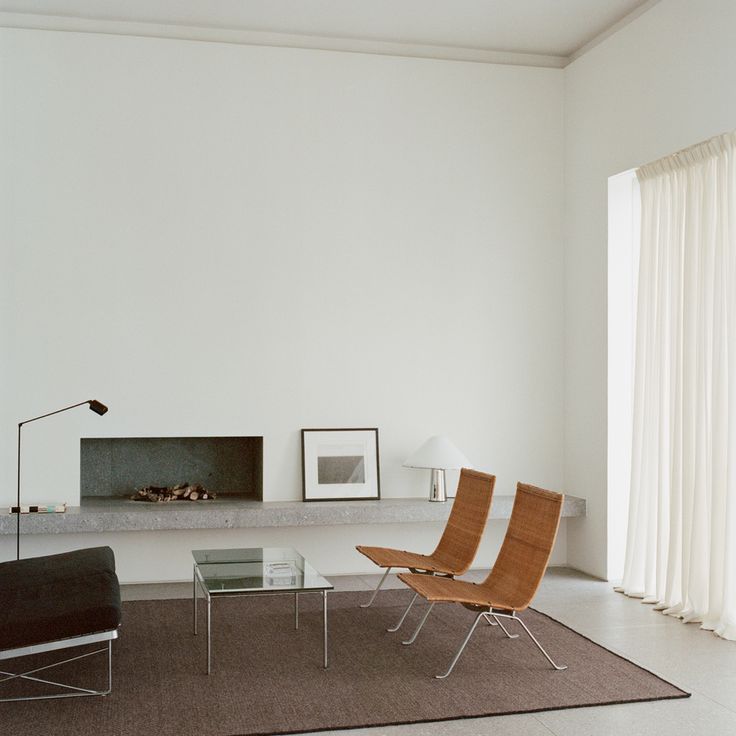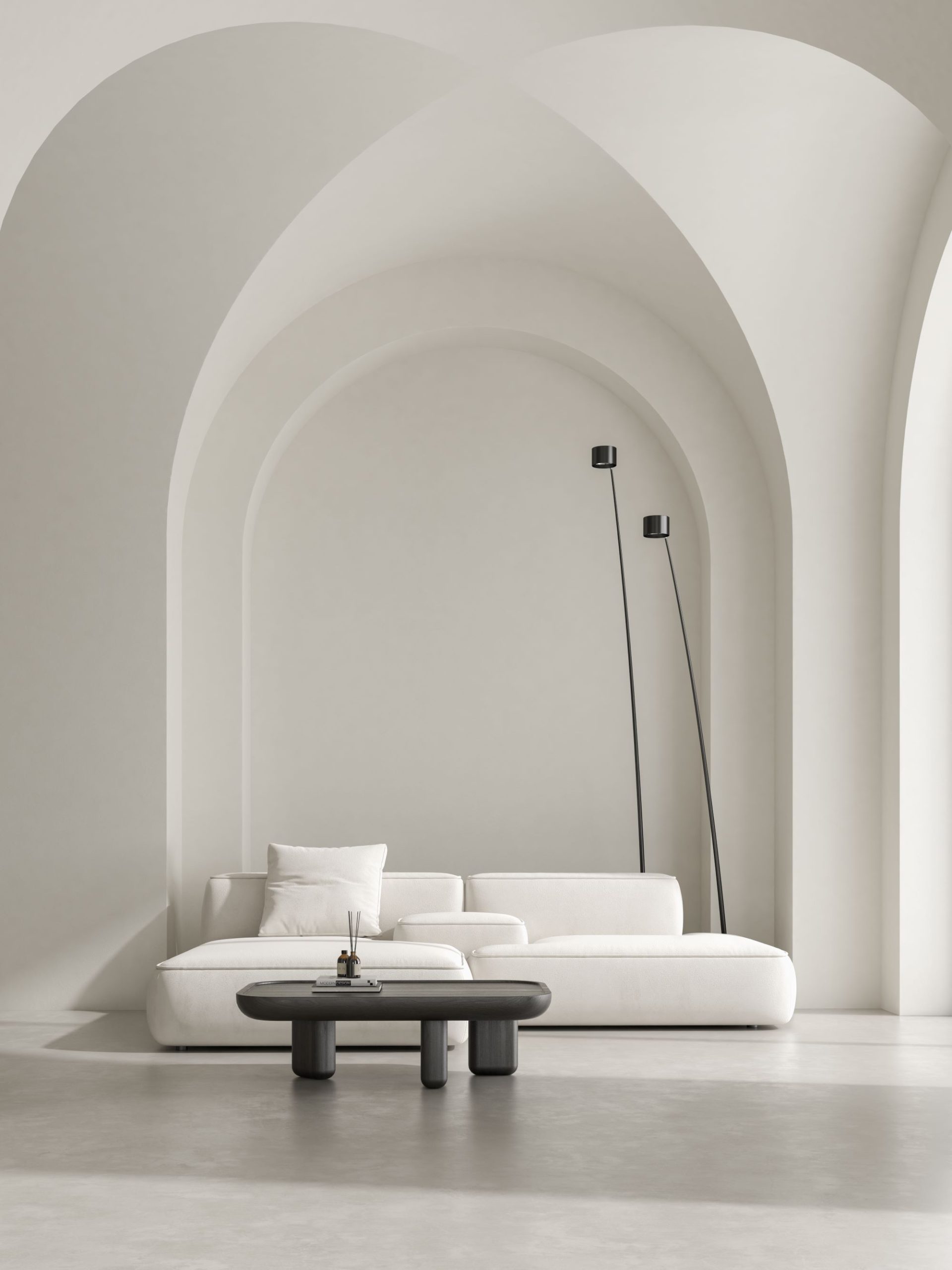A CULTURAL MOVEMENT OF CHANGE
What Does Modernity Mean?
What is the Modern Style of Interior Design?
Modern interior design and modernity emerges as a radical departure from historical decorative approaches. Embracing a philosophy of minimalist elegance that strips away excess and celebrates functional beauty. Characterized by clean, geometric lines and an intentional restraint, this aesthetic pioneers a design language where space itself becomes a sculptural element, with carefully curated furniture and industrial materials like steel, glass, and concrete serving as deliberate architectural punctuation.
The movement’s essence lies in its profound rejection of ornamentation, instead focusing on creating environments that breathe with purposeful simplicity and psychological calm. Neutral color palettes and unadorned furnishings (just like this couch) are strategically employed to create a sense of order and tranquility, where each object is meticulously selected not just for its utility, but for its ability to contribute to a holistic, harmonious spatial narrative. This approach transforms interior spaces from mere functional areas into contemplative landscapes that reflect a modernist ethos of “less is more,” inviting occupants to experience design as a form of visual and emotional clarity.
What did modernists believe?
When we talk about modern design, it’s really about so much more than just a look – it’s a whole philosophy that’s shaped everything from our homes to our art. Think about walking into a modern interior: you’ll notice lots of clean, simple lines and industrial touches that somehow manage to feel both practical and beautiful. These days, designers are taking those classic modern principles and giving them fresh life, mixing in contemporary elements to create spaces that feel alive and current.
The materials tell part of the story too. Steel, glass, and concrete might sound cold, but in modern design they create this honest, stripped-down beauty. Just like at our polished chrome table lamp. You’ll see this especially in furniture – pieces that are both beautiful and functional, often with strong geometric shapes that catch the eye.
But it doesn’t stop there. Postmodern designers came along and basically said “let’s have some fun with this.” They started mixing different styles and adding unexpected, playful touches. In architecture, modern buildings do this amazing dance between simplicity and their surroundings, while modern literature broke all the old rules about how stories should be told.
We can’t talk about modern design without mentioning the Bauhaus movement – those folks really changed the game by showing how art, engineering, architecture and technology could synergise together beautifully. And looking ahead to 2025, we’re seeing a really interesting shift: designers are warming things up with bold colours (like that mushroom lamp) focusing on sustainability, and creating this lovely mix of old and new pieces. It’s like the best of all worlds coming together.
What is the Most Popular Decorating Style for 2025?
Interior design in 2025 heralds a vibrant renaissance, masterfully blending nostalgia with contemporary innovation. The “Rococo Revival” trend emerges as a stunning counterpoint to minimalist aesthetics, reintroducing pastel palettes, intricate ornamental patterns, and a luxurious regency-era sophistication that transforms living spaces into personal narratives of elegance and comfort.
Simultaneously, the design landscape is revolutionized by a profound commitment to sustainability and individual expression. Eco-friendly materials, earthy tones, and personalized decor dominate the scene, moving decisively away from sterile, monochromatic interiors. This approach celebrates unique personal stories, transforming spaces into dynamic, meaningful environments that reflect individual journeys, values, and aesthetic sensibilities while maintaining a deep respect for environmental consciousness.
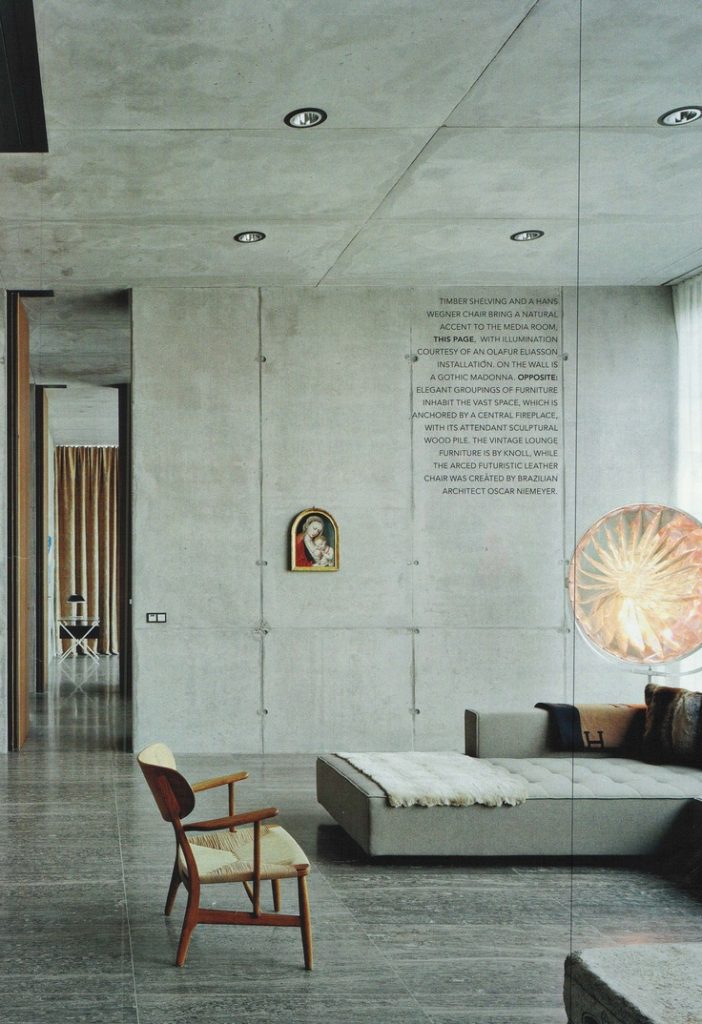
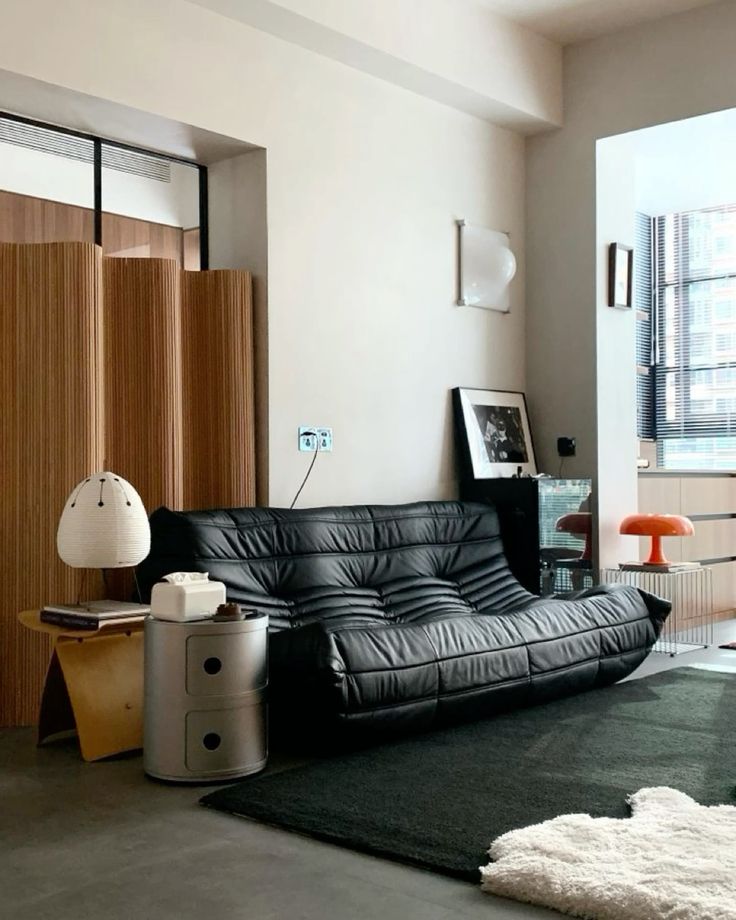
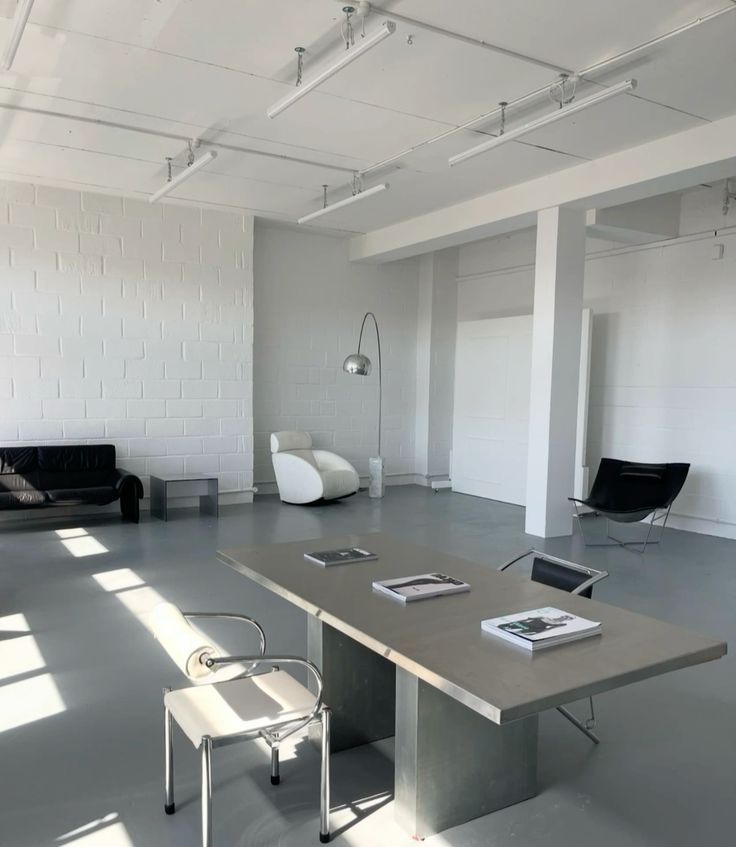
Now let me explain modernity by Bret Easton Ellis
The Mies van der Rohe Barcelona chair sits in the corner of my living room like an accusation. I’m at a cocktail party hosted by Marcus. Some hotshot interior designer who won’t shut up about the difference between modern and contemporary design while doing lines off his Knoll coffee table. “Modern is historical,” he explains, adjusting his Tom Ford glasses. “Contemporary is now.” He’s right, I guess. Modern design is locked in the past – all that mid-century minimalist shit your parents pretended to understand. Contemporary is whatever’s trending on Instagram this week, whatever some influencer with too many followers decides looks good against their stark white walls.
I take another sip of Macallan 25 and stare at Marcus’s steel-and-glass monstrosity of an apartment. Everything’s exposed – concrete floors, steel beams, floor-to-ceiling Vitro glass windows that make you feel like you’re suspended 40 stories above Manhattan. The furniture is absurdly expensive. but looks cheap. molded plywood chairs that cost more than a car, translucent plastic tables that someone probably called “revolutionary.” Everything’s trying so hard to look effortless.
The word “modernity” keeps floating through conversations like cigarette smoke. Some girl in Prada is talking about how it represents progress, reason, science. All those things we pretend to care about while checking our phones for likes. I watch her reflection in the glass wall as she gestures with her champagne flute. Downtown Manhattan twinkling behind her like a promise.
The furniture feels like it’s judging me – all these pieces designed by dead Europeans with unpronounceable names, mass-produced but somehow still exclusive. Clean lines. Geometric forms. No ornaments because ornaments are for the weak. A Wassily chair sits empty in the corner, its tubular steel frame gleaming under the recessed lighting. I remember reading somewhere that it was designed to be accessible to everyone. Now it costs fifteen grand and sits in penthouses like this one, where people like Marcus throw parties to show off how much they know about things that don’t matter. I need another drink.
What is Modern Architecture?
Modern architecture emerged in the early 20th century, emphasizing simplicity, functionality, and a departure from traditional forms. Architecture of this creative movement showcases clean lines, minimalsim and open floor plans. The use of industrial materials such as steel, glass, and concrete is juxtaposed with elegant home accessories. Even natural wood across side tables is popularised. Large windows and minimal ornamentation are common features, fostering a sense of openness and connection with the surrounding environment. This architectural style thinks form should follow function, resulting in designs that are both aesthetically pleasing and practical.
What is Modern Architecture?
Modern architecture is defined by the principle that form follows function, prioritizing practical design. This approach emphasizes efficiency and eschews unnecessary ornamentation, focusing instead on creating spaces that are both aesthetically minimal and purposeful.
The movement, exemplified by swiss-architect pioneers like Le Corbusier, champions honest expression of materials and natural textures and aesthetics. Key principles include elevating structures on supports, creating adaptable floor plans, separating facade design from structural requirements. Additionally, they incorporated horizontal windows for natural light, and used roof spaces as outdoor areas. All aimed at enhancing both the visual appeal and livability of architectural spaces.
How Did the Bauhaus Influence Modern Design?
In 1919, Walter Gropius founded the Bauhaus in Germany, a revolutionary design school that radically transformed artistic and industrial practices. By championing the fusion of art, craft, and technology, Bauhaus challenged traditional aesthetic boundaries and paving the way for modernism
The movement resonates through contemporary design, manifest in the minimalist furniture, architecture, and graphic design that emerged from its teachings. Bauhaus designers crafted items that were not just visually striking but inherently practical. They embraced so called mass production embracing mass production and engineering. This approach fundamentally reshaped global design aesthetics, establishing principles that continue to influence creators across disciplines.
